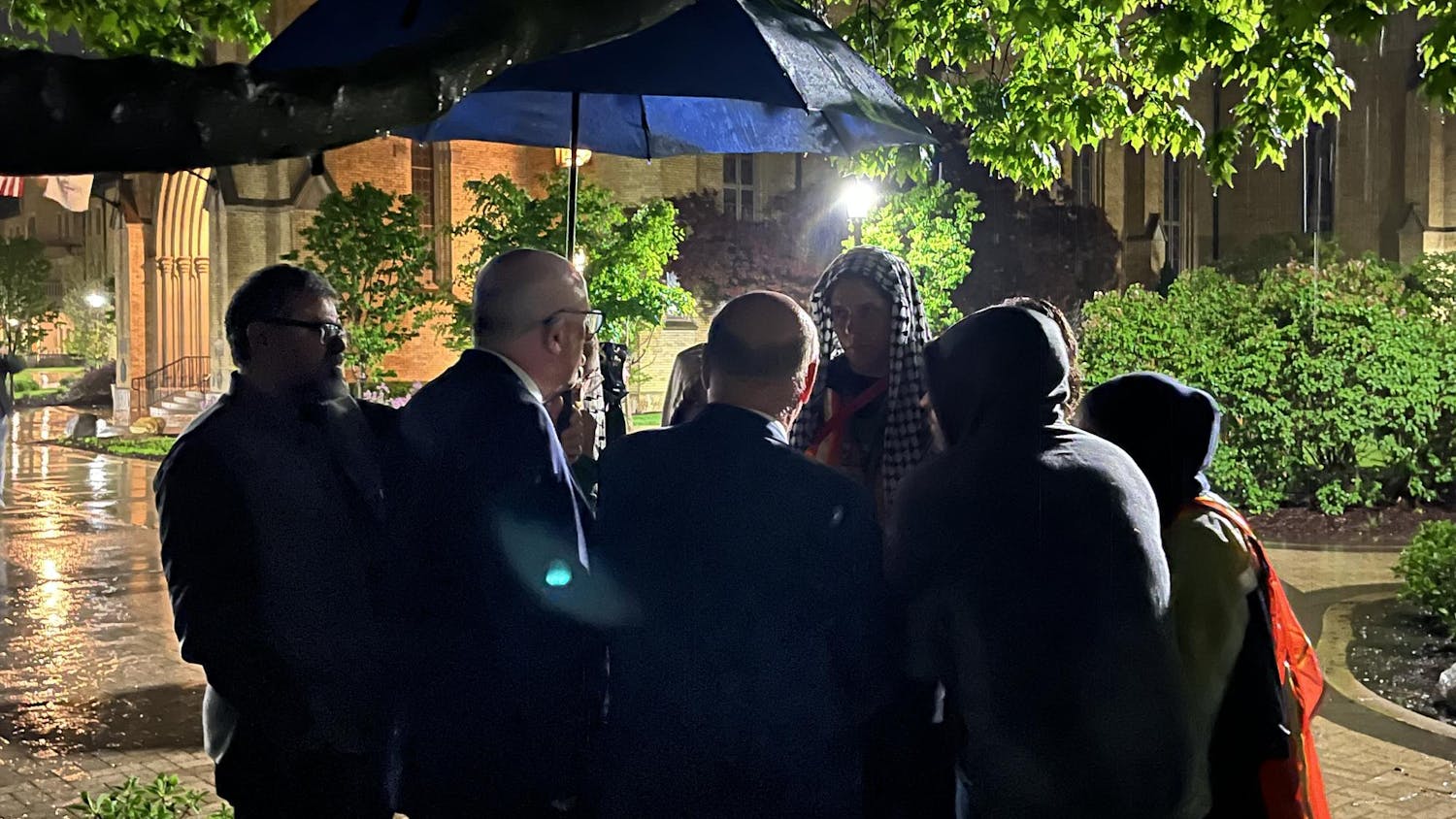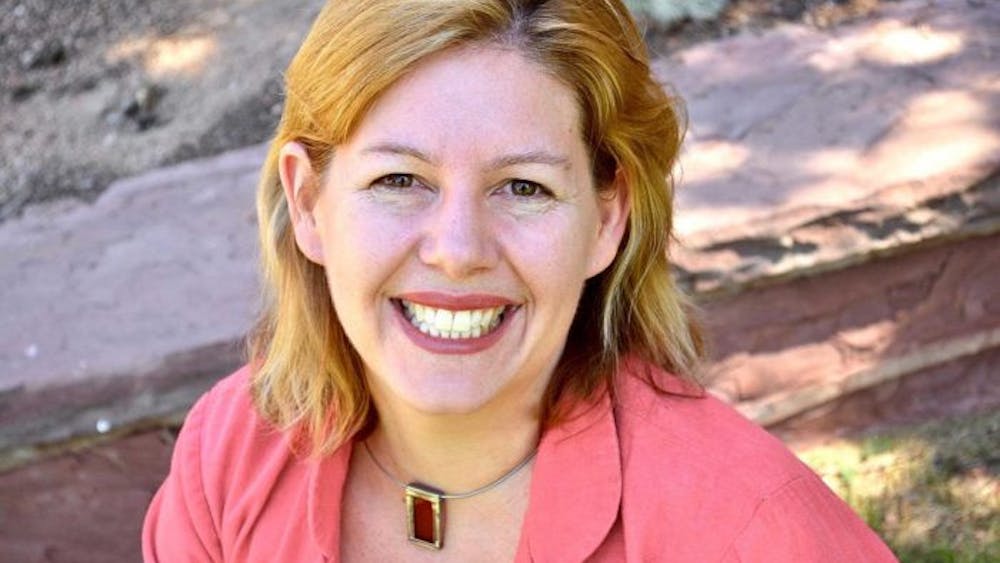With course registration looming, The Observer Editorial Board compiled a list of each member’s favorite class that will be offered next semester. This handy list is perfect for those who put off picking their classes until the last possible moment and want to pick engaging classes with as little research as possible. And for those who already know what classes you want to take, well, hopefully this will make you reconsider.
- Stochastic Modeling with Daniele Schiavazzi: ACMS students often feel that they don’t get enough hands-on coding experience in their classes. There are a lot of ACMS classes at Notre Dame that don’t have any in-class instruction on programming but still assign homework expecting you to know these skills. Stochastic modeling isn’t anything like these classes. In this class, you’ll find yourself running simulations of real-world scenarios to investigate statistics and probabilities. The class is challenging at times, but never feels like it has unfair expectations of its students, and you come out of the class actually feeling like you’ve learned applicable skills.

- Sexualities and Moralities: Any Arts and Letters students who may dread the required College Seminar (CSEM) should consider taking Professor Gail Bederman’s Sexualities and Moralities class. Through a mix of short reading assignments and movies, Bederman makes in-class discussion about the intersection of the two topics engaging. So, if you’re stuck deciding which CSEM you want to take, this one won’t be boring!
- Ideas that Made America: This American Studies course crosslisted in many departments offers an overview of America through an intellectual lens. With readings by authors ranging from Alexander Hamilton to Malcolm X, this class gives you a chance to wrestle with and contest ideas on democracy and society with classmates and Professor Peter Cajka. (Plus, the midterm paper may or may not be a dinner conversation between historical intellectuals.)
- American Politics: This political science requirement is an excellent introduction to the American political landscape for all students, regardless of major or school. The course takes key topics and issues you may think you understand and forces you to grapple with opposing viewpoints. After the course is completed you will walk out with a more in-depth and nuanced understanding of the issues that tend to cause so much division today.
- Beginning Logic: If you’re reading the student newspaper, you probably work for the student newspaper. And if you work for the student newspaper, chances are you’re majoring in the liberal arts and are starved for some puzzles and problem-solving. For an easy class that’ll knock out the quantitative reasoning requirement and scratch your brain, Beginning Logic does the trick.
- Witnessing the Sixties: Witnessing the Sixties is taught by Professor Pete Cajka and will be one of the most exciting, engaging and fast-paced experiences of your life. The sixties were a whirlwind and so was this class. From thinkers like Betty Friedan to Timothy O’Leary and music by artists like Jimi Hendrix, Lesley Gore and the Beatles, this class doesn’t leave a single stone unturned. The mini essays throughout the course allow you to engage with the material in several different ways. Both Cajka and this course will blow the rest of your collegiate career out of the water. (For the undecided political science, history or American Studies major, this class is a great opportunity to discern if post-World War II courses are where you want to focus your collegiate career.)
- Literature and Medicine with Julia Dauer: You can’t go wrong with this introductory literature course at Saint Mary’s. Open to all students who have completed their W, Professor Dauer’s class gives a historical overview of the American healthcare system, while also reflecting on a variety of issues like illness, mortality and accessibility. At the end of the semester, you walk away with a better understanding of the medical field and the ways society functions in it.

- Sports Marketing with Brian Pracht. For all the marketing majors out there, this is a must-take class as you fill out your major requirements. Between engaging guest speakers, relevant real-world examples and projects and a professor that continues to work in the industry today, this class has a lot of applicable skills without being one of the more challenging Mendoza classes.
- Intro to Comparative Politics with A. James McAdams: This class is a great introduction to a lot of famous Western thinkers like John Stuart Mill, Max Weber and Francis Fukuyama. But it also did so much more: through readings like ‘America the Unusual’, we learned about the backstory of ideologies in the country that have become the norm. There’s also a weekly discussion section to help you relate real-world examples to the theory you’ll be reading.
- Narrative in Fiction and Film with Barry McCrea: Narrative in Fiction and Film is an engaging and fun introductory English and writing intensive course. The syllabus for this course includes readings such as “A Thousand and One Nights,” the plays of Sophocles, and “Sherlock Holmes” and films such as Jason Bourne, “Arrival,” and “Rear Window.” Along with studying the different narrative devices at play in these works, Professor McCrea also promotes your creative development and gives you a chance to find your own narrative voice.
- History of Famous Women with Professor Philip Hicks: History of Famous women is a Humanistic studies elective course that checks off multiple sophia requirements and is open to all students. Throughout the class you analyze the lives of history’s exceptional women from Joan of Arc and Queen Elizabeth I to Abigail Adams and Rosa Parks. The course discusses all their triumphs as well as their faults and gives you a well rounded history of who each woman was and how they affected the world we live in. Professor Hicks has a way of making their stories come alive with the help of his in-class reenactments and lively mock trials of women such as Mary Queen of Scots. He is also not afraid to jump into the debates alongside you at times, which gives you the idea that he finds your arguments strong enough to take on himself.
- Lincoln, Slavery, & Civil War with Professor Jake Lundberg: This class is cross-listed under the History, Constitutional Studies and Peace Studies departments. Formerly taught as a University Seminar, the class examines a wide range of primary and secondary sources relating to one of the most important events in U.S. history. You might think you know everything about Lincoln, slavery and the Civil War. You don’t. Through class discussions and writing assignments, Lundberg will guide you to think deeper than you have before about causation, agency, legacy and history itself.
- Topics in Contemporary Art with Professor Elyse Speaks:This art history course investigates the development of three artistic trends of the 1990s — slackers, critics, and makers — and the ways in which they shape our understanding of art politically, socially, and institutionally. Students will learn about artists such as Mike Kelley, Cady Noland, David Hammons and Andrea Fraser and engage in active discourse surrounding their methodology and practice. Speaks specializes in modern and contemporary art, with an interest in contemporary sculpture, installation, gender studies and the politics of value.
- VCD 1: Fundamentals of Design: For all those looking to fulfil their fine arts requirement, VCD 1: Fundamentals of Design is a great way to expand your expertise and check off that box. Design is a great skill, regardless of your major or future career plans. Knowing how to communicate effectively visually can elevate your presentations, make your resume look spiffier or even just inspire you to create more designs for fun. In the course, you will complete a series of projects that make great portfolio pieces and give you a better understanding of how to use compositional, typographic and color choices to create good designs.
The views expressed in this column are those of the author and not necessarily those of The Observer.












